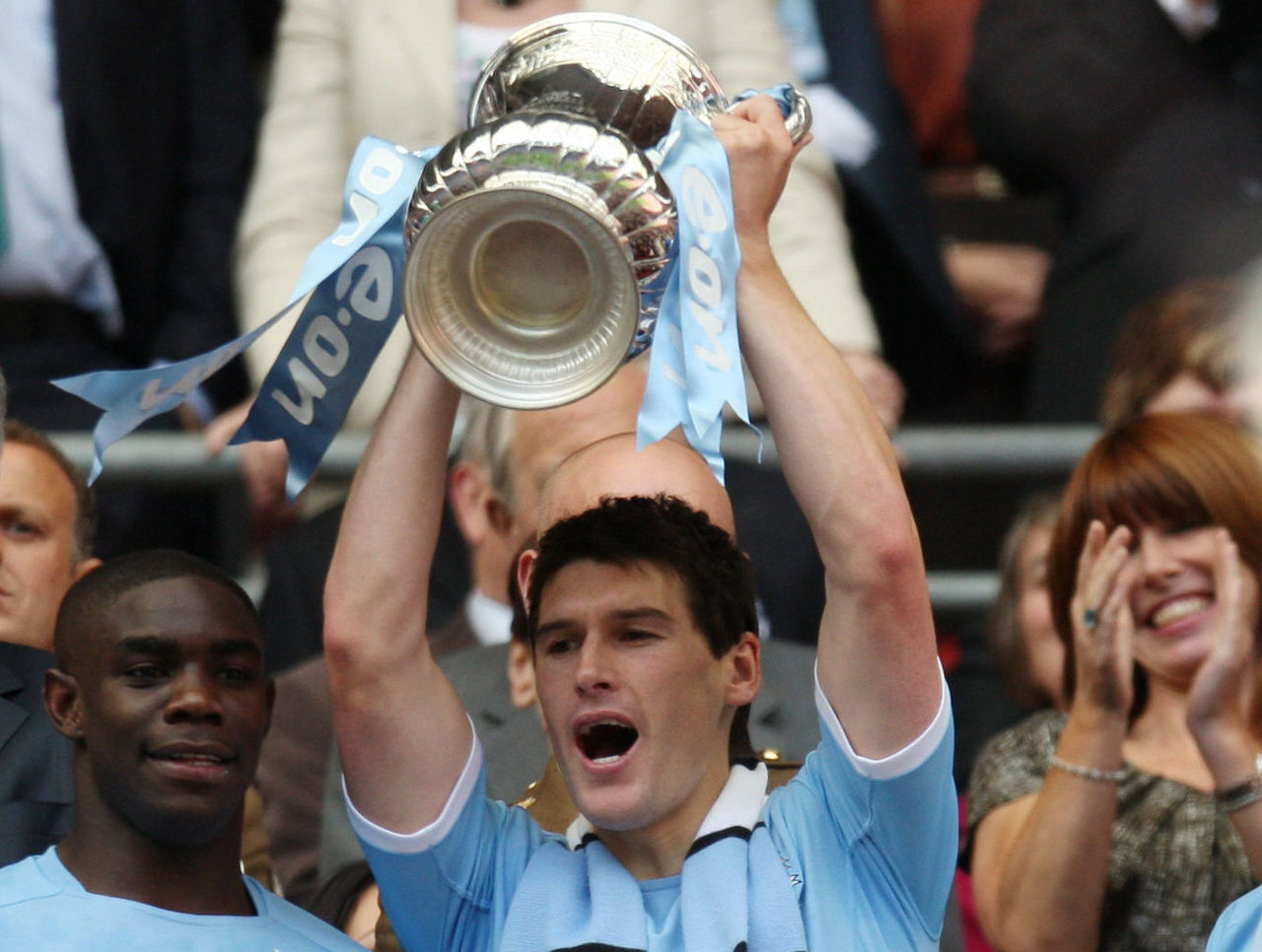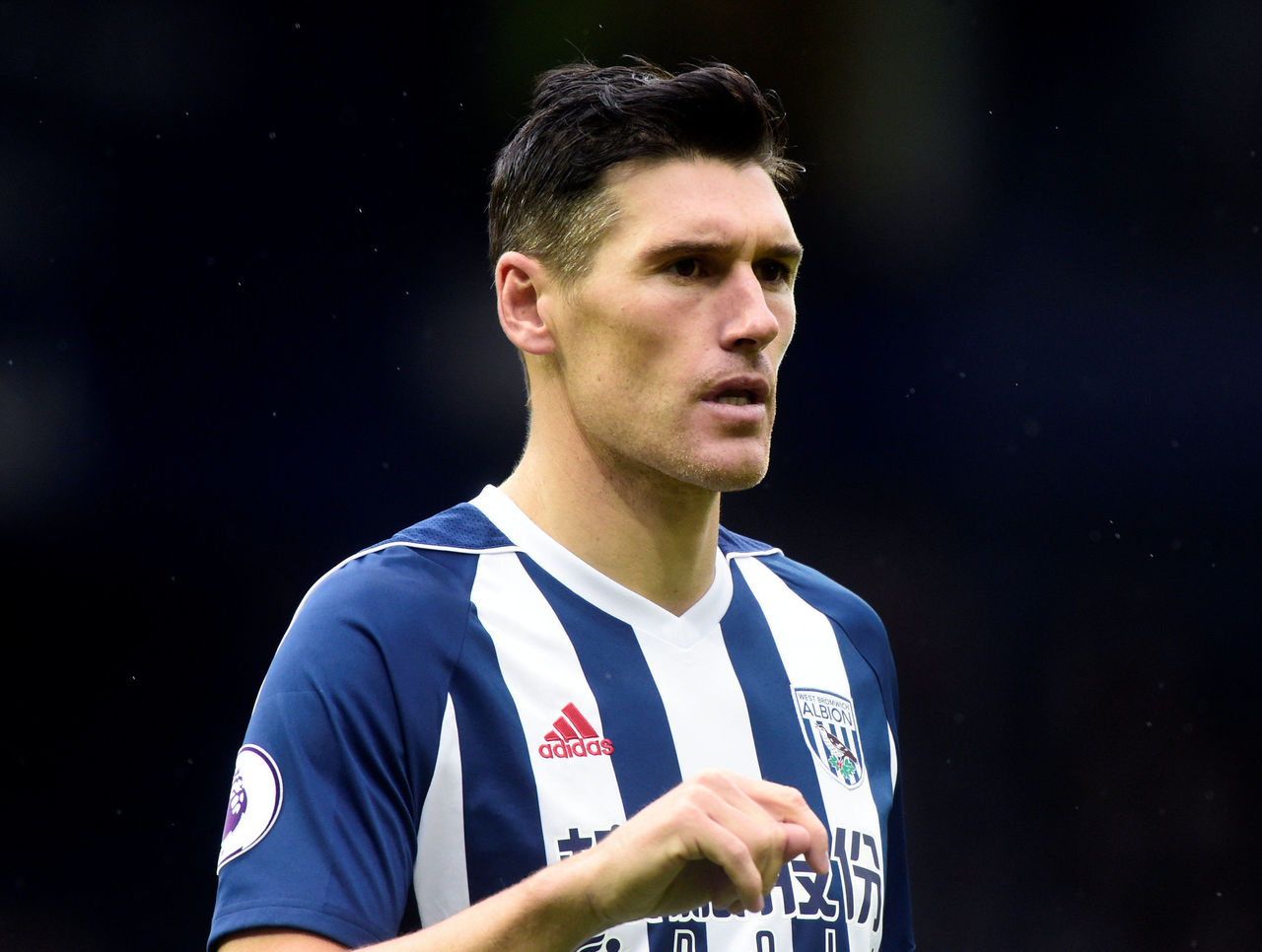How 'boring' Barry quietly became league's leading appearance holder
It's quite fitting that Gareth Barry, a wholly unfashionable player, is now churning out appearances for a man who wouldn't look out of place retrieving errant footballs from a school gym's roof, and who opts for a system that aims to stifle rather than entertain.
However, following Barry's start for Tony Pulis' West Bromwich Albion at Arsenal on Monday, the midfielder is the pacesetter for Premier League appearances. The 36-year-old has 633 outings to his name, but rather than be lavished with praise for his feat - Ryan Giggs certainly was when he passed David James' count of 573 in 2011 - he is still widely met with distrust and mockery. The Daily Star's Ollie Salt shamelessly published a countdown of the most boring Premier League footballers in the wake of Barry levelling Giggs' record, and ranked the Hastings native second - between first-placed James Milner and Michael Owen in third.
There is ammunition for the sceptics of Barry's career. One argument is that he perhaps benefitted from there being a dearth of left-footed talent in English football when he surfaced at Aston Villa in 1998. Of the top five appearance holders in Premier League history, four players are outfielders, and three of them are left-footed. This indicates opportunities coming sooner given the lack of depth prevalent in the country's game; Barry, like fifth-placed Gary Speed, was initially fast-tracked to first-team matters as a left-sided defender.
The scarcity of players handy with their left trotter also helped Barry's case for a spot in the England squad too. There have been eight full-time managers of the Three Lions over Barry's career, and he's played under five of those. When Kevin Keegan and Sven-Goran Eriksson willingly wore the constraints of a 4-4-2 formation, Barry was among many who were tested on the left-hand side of midfield. The competition wasn't exactly menacing, with Jason Wilcox, Dennis Wise and, most scandalously, Emile Heskey fielded on the unpopular wing in that period.
Related - Picking from left field: England's inability to find a decent No. 11

Martin O'Neill - who, like Barry's current boss Pulis, is another tracksuit-donning manager who appreciates players quietly doing as they're told - was the first to recognise the Villa graduate as having the composure and maturity required to be a holding midfielder. Gone were the floppy boy-band locks and in came a sensible haircut synchronous with his new playing identity.
His tempered fashion, tendency to never divulge an opinion in interviews, and dull name contributes to his reputation of being boring. But where Barry should be championed is how he has acted as a springboard for some of the more enthralling players in the Premier League's history.
O'Neill's decision to deploy Barry in midfield was perhaps partly down to the wealth of options he had at centre-back - Olof Mellberg, Martin Laursen, and Gary Cahill - but he acted as the perfect foil for Stiliyan Petrov and Milner to exert influence in more attacking roles.
His ability to drop and wisely recycle possession was even more important at Manchester City, where Mark Hughes paid a bargain £12 million for him. In his first season he screened the defence with Nigel de Jong while the likes of Carlos Tevez, Craig Bellamy, and Emmanuel Adebayor ran riot, but it was when Yaya Toure arrived the following summer that Hughes' successor, Roberto Mancini, found a winning formula in midfield.

It's no coincidence that the most dominant box-to-box offerings in Toure's first two seasons at City occurred when Barry was sweeping up behind. While the bustling Ivorian orchestrated the FA Cup semi-final and final victories in 2011, and single-handedly tore through Newcastle United en route to City's first league title in 44 years 12 months later, Barry was busying himself in a withdrawn role. Somewhat surprisingly given his unhurried manner, he was often leading statistics for distance covered.
"He has never hogged the limelight or stood in it but, if he's not playing for your team, you miss him," Leon Osman, who was Barry's teammate at his next club Everton, told the Guardian's Andy Hunter last week. "I know Manchester City fans were sorry to see him go, Aston Villa fans were sorry to lose what he gave them on the pitch and myself and many Evertonians were sorry to see him go in the summer. That says it all really. He is a credit to himself and his profession."
Barry carved out four seasons of action on Merseyside, regularly lessening the defensive burden for players like Ross Barkley and last season's breakout star Tom Davies.
His job list in West Bromwich won't be indelibly headed with instructions to unshackle a glamorous central midfield partner. James Morrison isn't Yaya Toure. Pulis' decision to bring in Barry during the summer is testament to the veteran's professionalism, though, as he immediately slotted into the huge vacuum left by respected skipper Darren Fletcher joining Stoke City. Barry's arrival can only enhance the development of teenage midfielder Sam Field too.

"Him coming into the football club, you just recognise and realise the dedication and his application towards his profession is just absolutely fantastic," said Pulis last week, as reported by The Birmingham Mail's Joseph Chapman.
"He's like Fletch in lots of ways. They're bastions of this sport, this wonderful sport that we play in and work in.
"The young players at our football club, I hope they realise how lucky they are to see someone of that quality and that ilk."
Barry could continue for some years yet. Despite edging beyond his mid-thirties, the 53-time international is retaining possession better than any of his Baggies teammates, and without him - just like at Aston Villa and Manchester City before - Everton has begun the following season in a slump.
Maybe Barry will only be truly appreciated when he hangs up his boots.
(Photos courtesy: Action Images)